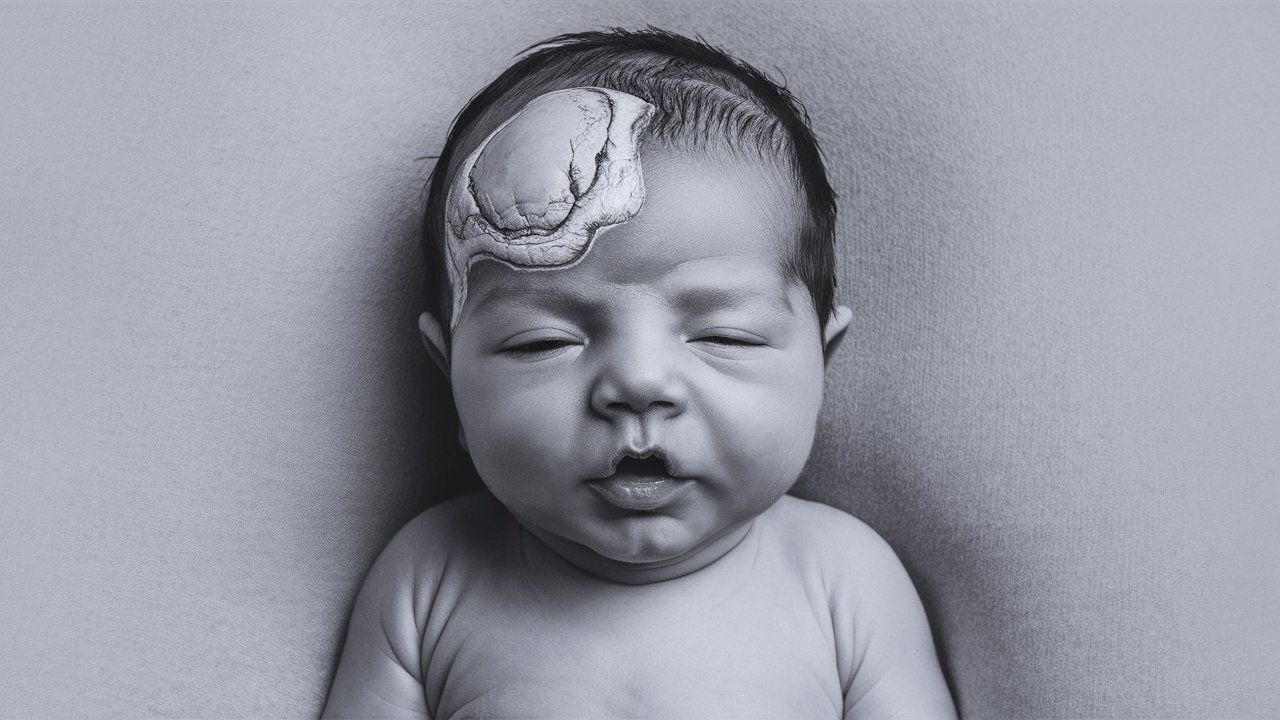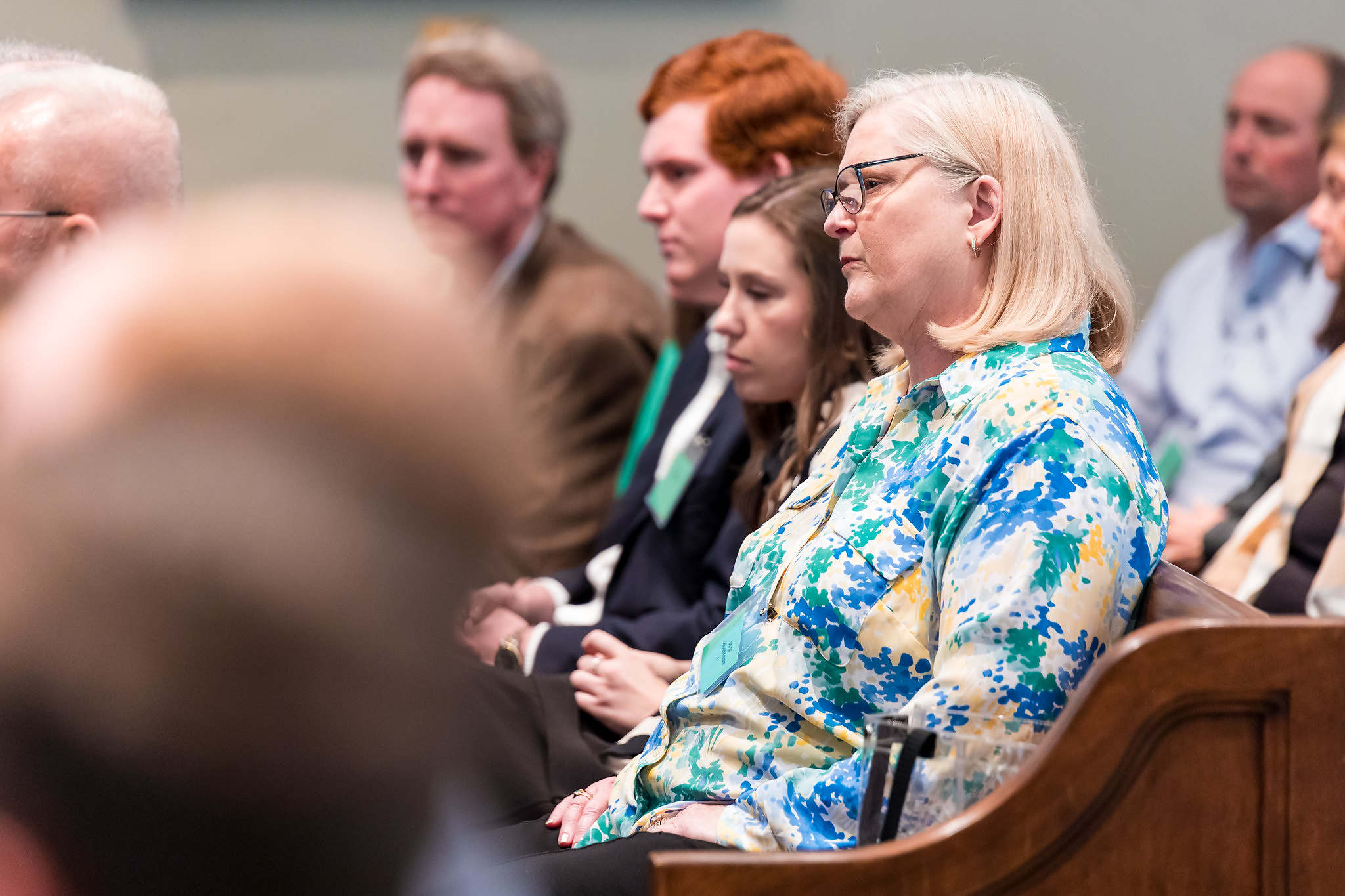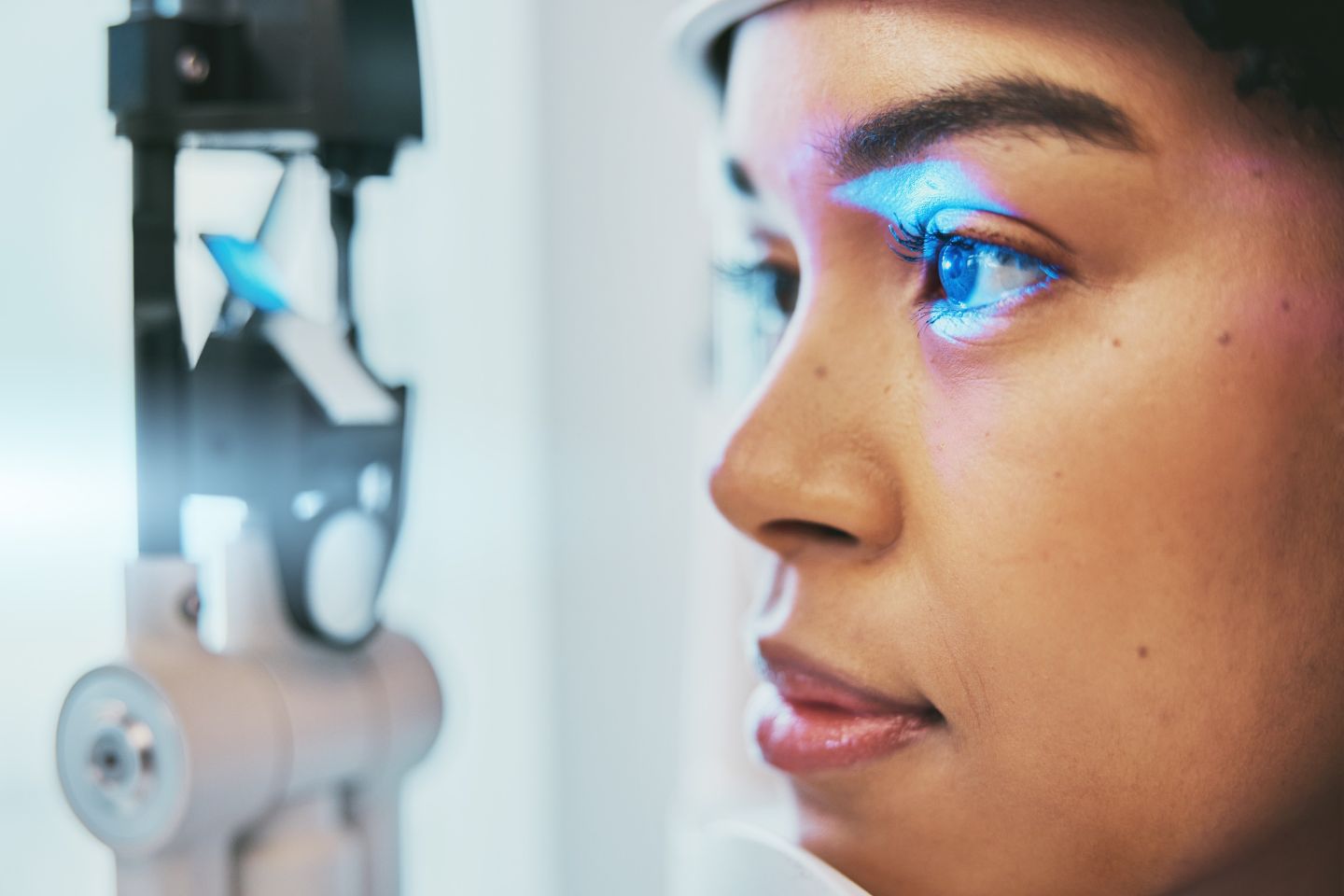
Yunis–Varon Syndrome is a rare genetic disorder that affects multiple parts of the body. Characterized by skeletal abnormalities, distinctive facial features, and developmental delays, this condition can be challenging for families and healthcare providers. Symptoms often include underdeveloped or missing bones in the fingers and toes, cleft palate, and growth retardation. Caused by mutations in the FIG4 gene, Yunis–Varon Syndrome is inherited in an autosomal recessive pattern. Early diagnosis and intervention are crucial for managing symptoms and improving quality of life. Understanding the complexities of this syndrome can help in providing better care and support for those affected. Let's delve into 20 essential facts about Yunis–Varon Syndrome to shed light on this rare condition.
What is Yunis–Varon Syndrome?
Yunis–Varon Syndrome (YVS) is a rare genetic disorder affecting multiple parts of the body. It’s named after the doctors who first described it in 1980. This condition can cause a range of physical and developmental issues.
-
YVS is extremely rare. Only about 50 cases have been reported worldwide. This makes it one of the rarest genetic disorders known.
-
It’s a genetic disorder. YVS is caused by mutations in the FIG4 gene. This gene plays a role in cell function and development.
-
Autosomal recessive inheritance. Both parents must carry the mutated gene for a child to be affected. Each child has a 25% chance of inheriting the disorder if both parents are carriers.
Physical Characteristics of YVS
YVS presents with distinct physical features that can help in diagnosis. These characteristics often appear at birth or early in life.
-
Craniofacial abnormalities. Children with YVS often have a small head, wide-set eyes, and a prominent forehead. These features are noticeable early on.
-
Absent or underdeveloped thumbs. Many individuals with YVS have missing or poorly developed thumbs. This can affect hand function.
-
Clavicle abnormalities. The collarbones may be underdeveloped or absent. This can lead to a narrow chest and shoulder issues.
-
Growth delays. Children with YVS often have short stature and may not grow at the same rate as their peers.
Developmental and Neurological Issues
YVS doesn’t just affect physical appearance; it also impacts development and neurological function.
-
Developmental delays. Many children with YVS experience delays in reaching milestones like sitting, walking, and talking.
-
Intellectual disability. Cognitive impairment is common, ranging from mild to severe. This can affect learning and daily activities.
-
Seizures. Some individuals with YVS may experience seizures. These can vary in frequency and severity.
Other Health Concerns
YVS can lead to various health issues beyond physical and developmental challenges.
-
Heart defects. Some children with YVS are born with congenital heart defects. These may require medical intervention.
-
Respiratory problems. Due to chest abnormalities, breathing issues can occur. This might necessitate respiratory support.
-
Feeding difficulties. Infants with YVS often struggle with feeding. Special feeding techniques or tubes may be needed.
-
Bone abnormalities. Skeletal issues, such as extra fingers or toes, can be present. These may require surgical correction.
Diagnosis and Management
Diagnosing and managing YVS involves a team of specialists. Early intervention can improve quality of life.
-
Genetic testing. Confirming a YVS diagnosis typically involves genetic testing to identify FIG4 mutations.
-
Multidisciplinary approach. Care often involves pediatricians, neurologists, cardiologists, and other specialists. This ensures comprehensive management.
-
Physical and occupational therapy. These therapies can help improve motor skills and daily functioning.
-
Special education services. Tailored educational programs support cognitive development and learning.
-
Surgical interventions. Some physical abnormalities may require surgery. This can improve function and appearance.
-
Supportive care. Families may need ongoing support, including counseling and resources for managing daily challenges.
Understanding Yunis–Varon Syndrome
Yunis–Varon Syndrome (YVS) is a rare genetic disorder that affects multiple parts of the body. It’s caused by mutations in the FIG4 gene, leading to skeletal abnormalities, intellectual disabilities, and other health issues. Early diagnosis and intervention can improve the quality of life for those affected. Genetic counseling is crucial for families to understand the risks and implications.
Medical advancements are ongoing, but there’s still much to learn about YVS. Support groups and resources are available for families dealing with this condition. Awareness and research funding can drive progress in understanding and treating YVS.
Knowing these facts helps in recognizing the importance of genetic research and the impact it has on rare disorders. Stay informed, support research, and advocate for those affected by Yunis–Varon Syndrome.
Was this page helpful?
Our commitment to delivering trustworthy and engaging content is at the heart of what we do. Each fact on our site is contributed by real users like you, bringing a wealth of diverse insights and information. To ensure the highest standards of accuracy and reliability, our dedicated editors meticulously review each submission. This process guarantees that the facts we share are not only fascinating but also credible. Trust in our commitment to quality and authenticity as you explore and learn with us.


